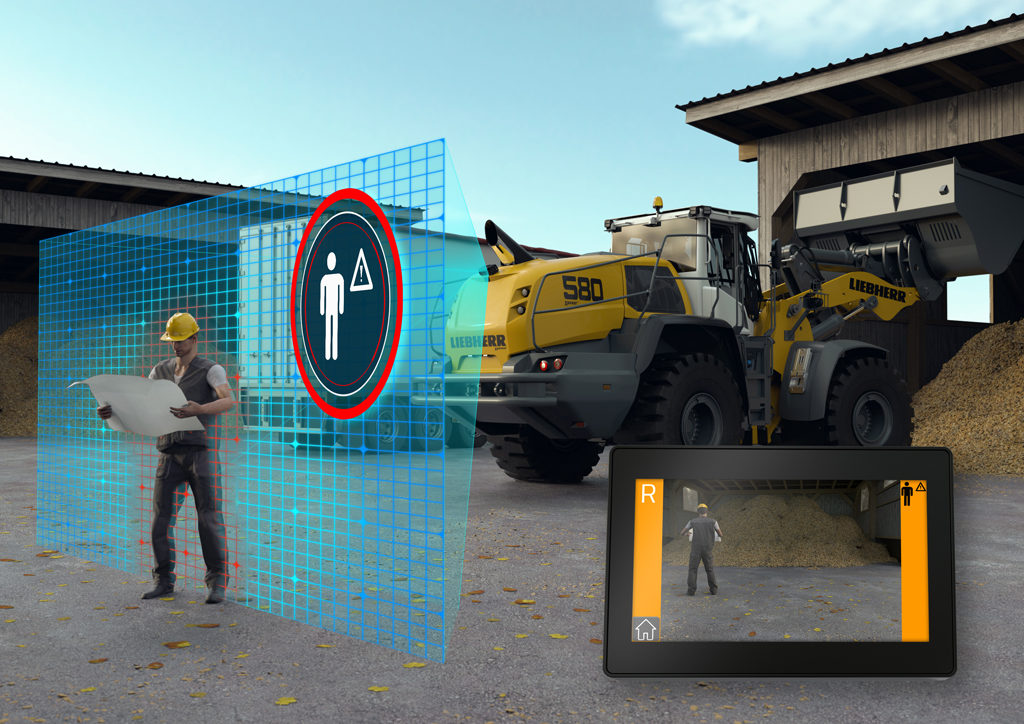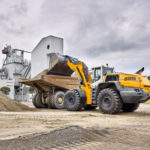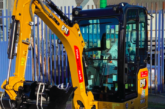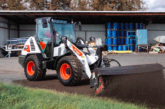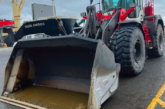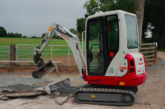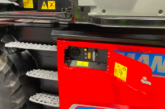Construction Plant News visits the European home of Liebherr’s wheel loader production.
Its hills were once famously alive with the sound of music, but today Bischofshofen near Salzburg, Austria resonates with the advanced engineering of Liebherr’s wheel loader factory. As aesthetically pleasing as they are productive on site, these rugged units are a fitting addition to the mountainous landscape that envelopes the production facility – but the location brings its own challenges. With little room to expand, a lean operation is a pre-requisite and, at a site where up to 1,400 tonnes of steel are consumed each month, logistics are carefully controlled.
From sheet steel to finished machine, each wheel loader will make a 10 – 11 day journey through the line, and will be subject to all of the latest production processes along the way. Advanced plasma cutters will slice through metal up to 30cm in thickness, a dedicated sand blasting machine prepares the cut steel still further, whilst up to 90 per cent of the components will benefit from the precision of robot welding.
The business end of a wheel loader is its lift arm and its fabrication is a testament to the overall durability. In order to ensure that it maintains its integrity throughout the lifetime of the machine, it is welded up to 12 times, depending on the model, whilst the substantial steel frame on which it is attached would readily survive a war zone.
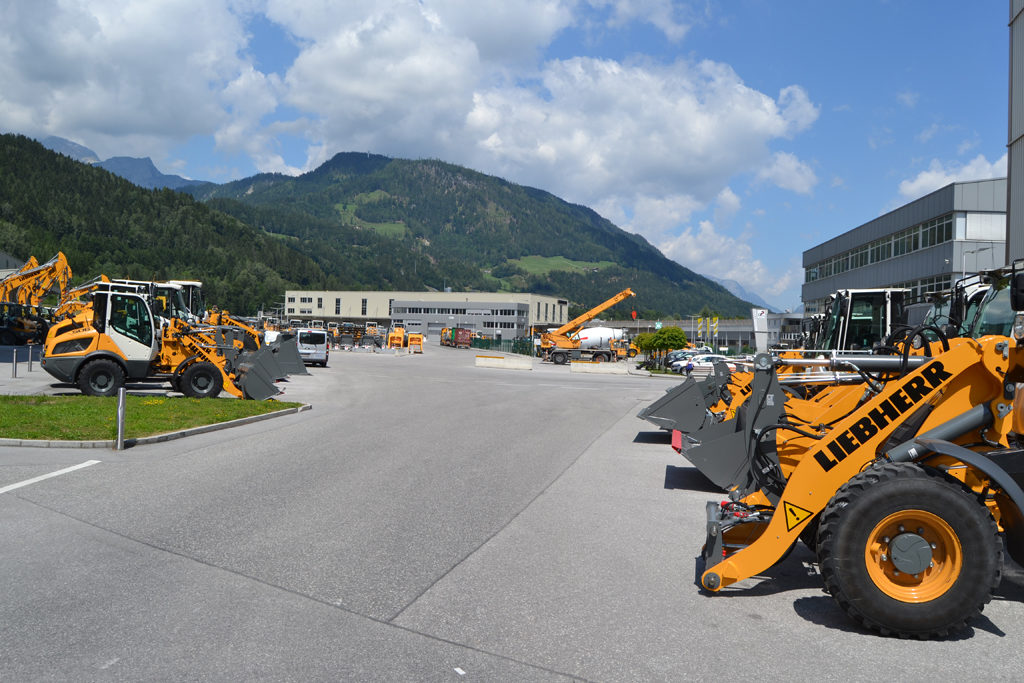
Liebherr is the only supplier of wheel loaders that produces special colours ex works – at the component stage – with all spray painting completed by hand, in a two coat, eight hour process. End users can equally put their faith in the reliability of Liebherr engines for its large wheel loaders, with John Deere in evidence for the mid-size machines and Yanmar powertrains for those in the compact class. Every machine at Bischofshofen is built to order, with bespoke functions, such as solid tyres for recycling operations, added on the line. Moreover, every single unit that leaves the gates is first subject to a battery of tests, including a rolling road and break out force of the bucket.
The 170,000 m² Bischofshofen site is just one base in a multi-national operation, with over 46,000 employees worldwide, and a record €10.5 billion turnover in 2018. Its wheel loaders are now amongst its most popular products, with the 1,100 strong workforce projected to achieve an annual capacity in excess of 5,000 units in 2020. It was, however, from more humble beginnings that the company emerged. A humble bricklayer, Hans Liebherr saw the need for a crane that would be easy to move, and erect with no additional machinery, and so the TK10 was born – a solution that could be constructed in a matter of hours rather than days. It is a tradition of innovation that has continued in this still family-owned firm to this day, and is particularly in evidence in the evolution of its wheel loaders.
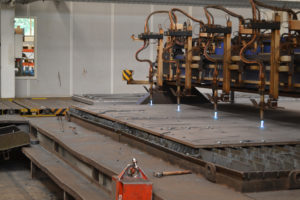 That story begins with the Elefant Type 90 prototype in 1954, a design based on skid steering. 1994 would see the introduction of the Stereoloaders and today there are four models in this category – the L 507, L 509, L 514 and L 518. Particularly well suited to confined or restricted spaces, the technology marries the advantages of conventional articulated steering with an all-wheel capability, thereby significantly reducing the turning circle, and producing a very manoeuvrable machine.
That story begins with the Elefant Type 90 prototype in 1954, a design based on skid steering. 1994 would see the introduction of the Stereoloaders and today there are four models in this category – the L 507, L 509, L 514 and L 518. Particularly well suited to confined or restricted spaces, the technology marries the advantages of conventional articulated steering with an all-wheel capability, thereby significantly reducing the turning circle, and producing a very manoeuvrable machine.
Most recently, the XPower concept on the large loaders was some five years in the making. It is Liebherr’s belief that hydrostatic drive is the best transmission for this class of construction plant and the XPower would put that principle into practice. Introduced in 2015, a power-split driveline features as standard, allowing the machine to take advantage of a hydrostatic drive in short loading cycles. If you are hauling over longer distances, or making ascents, however, then the mechanical drive will kick in. The key to the system is that the machine knows when to use either in order to maximise performance and fuel efficiency, and no intervention from the driver is required. With its competitors only offering hydrostatic as an option, the XPower clearly differentiates Liebherr in the marketplace, whilst the technology is now a proven force. Indeed, with test machines subsequently clocking up over 30,000 hours of operation, their reliability has been ably demonstrated.
The 33 tonne L 586 is the largest machine to date but it is the mid size units – the L 526, L 538 and L 546 models – that remain the volume products, whilst the all-round material handling versatility of the L566 makes it the most popular individual seller. The L 506 and L 508 compact loaders, benefitting from a low height of less than two metres, with bucket sizes from 0.8 to 1.0 m³, will find service in a diverse range of applications, from civil engineering to landscaping.
Whilst that might represent an overview of the product range of both the past and the present, what of the emerging technologies of the future? The construction industry is experiencing a period of unprecedented change, with increasingly intelligent machinery enhancing both safety and productivity, and it is in keeping with the Liebherr company ethos that they should be at the vanguard of advancements in the latest technologies.
Whilst manufacturers might have been previously focused on total cost of ownership, fuel consumption and emissions, the challenges that operators now face have evolved. Sourcing skilled operators, for example, is now a problem, whilst safety has rightly become a priority on site. But help is at hand, because artificial intelligence and machine learning has allowed new functions to be introduced that can now assist the operator, and keep them safe.
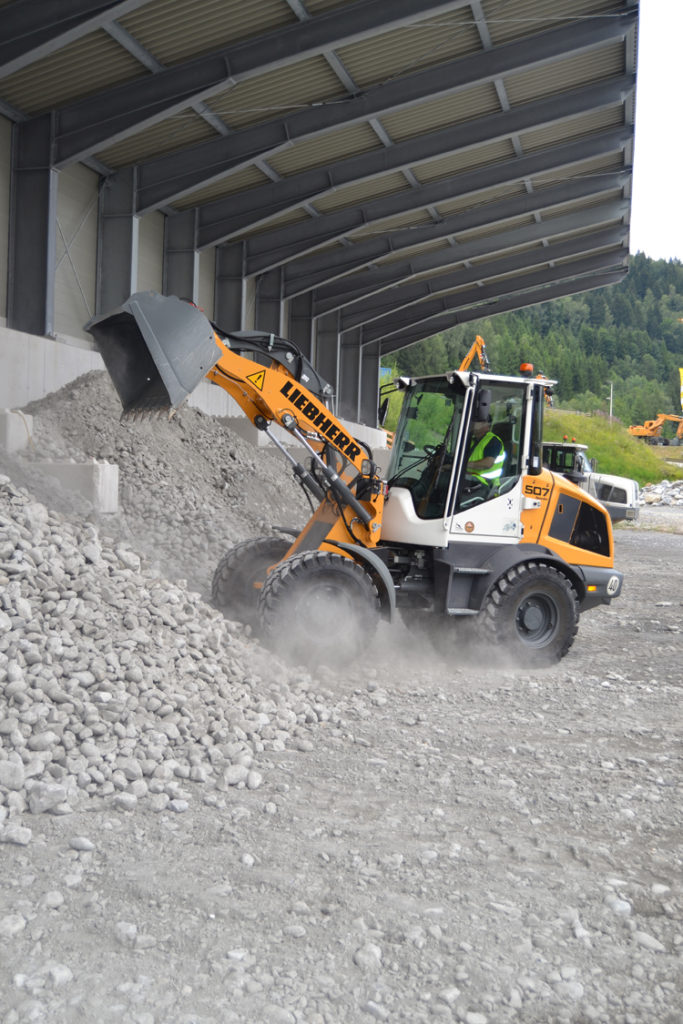
Of course, assistance systems are not about making a bad operator better, but simply ensuring that they can progress to a competent level much quicker. Not only that but reducing workloads and stress levels, maintaining efficiency and decreasing the chance of accidents, are all now achievable ambitions. Take, for example, the issue of visibility. Whilst rear view mirrors and cameras will reduce blind spots they do still exist, but Liebherr’s Skyview 360º, introduced at Bauma, goes a long way to eliminating these altogether. By stitching together four separate camera views the driver has access to an artificial bird’s eye view from one screen, which means they can check their entire surroundings much easier.
Furthermore, large buckets and attachments will equally impede the view from the driver’s seat, but the Liebherr solution is as simple as it is effective, with a roof camera – which can be raised or lowered telescopically – providing an uninterrupted view over the front end on a separate camera in the cab. Not only will this allow drivers to see the ground ahead but potentially into the truck the machine is loading into.
Of course, visibility is not just about line of sight but lighting conditions. Raise the lifting arm into the path of the machine’s working lights and reflections back into the cab will naturally force the eyes to constantly readjust, increasing the mental workload of the operator. Liebherr has introduced an adaptive lighting system, where an angle sensor determines the position of the lifting arm at all times, adjusting the LED lights accordingly. As well as that, the path to and from the machine is illuminated by lights activated from the automatic key, preventing potential trips on the uneven ground of a quarry or building site.
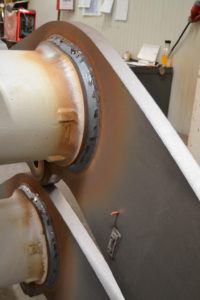
Monotonous tasks will inevitably affect an operator’s attention levels, and this is itself the cause of accidents. Passive measures, such as rear view mirrors, will not necessarily address the issue, but Liebherr’s Active Personnel Detection will. It distinguishes between a person and inanimate object positioned at the rear, sending a visual warning to the machine display, as well as an audible signal. Of course, one of the big problems with any solution of this kind is the risk of alert fatigue – if an alarm is constantly sounding then the driver will gradually be desensitised to it seriousness and ultimately ignore it, with potentially tragic consequence. Liebherr has overcome this by ensuring that the active rear person recognition is activated at a greater distance than warning systems for walls or columns. The operator will therefore receive a more precise warning if there is a risk of personal injury.
It’s not just in the realm of safety where the latest technologies can make a difference and, given that tyres are a costly wear part, a new Tyre Pressure Monitoring facility should be an attractive proposition to fleet managers. The wrong pressure can have an impact on fuel consumption, wear of other machine components, and the stability of the machine. Whilst an operator will not necessarily check these anywhere near regularly enough, an active tyre pressure warning will ensure that the correct levels are maintained, or small leaks are detected before the whole tyre fails, whilst all of the data is available on Liebherr’s LiDAT telematics package.
Weighing systems are nothing new, but this German manufacturer has is enhancing productivity with its Truck Payload Assist, where the operator can enter a target loading weight on the display and the system then calculates the optimal target weight to be loaded per bucket, and the required number of loading cycles. In addition, in order to analyse their production process, or the productivity of a wheel loader, fleet managers can interrogate the weighing data via LiDAT.
Available as an option for wheel loader models from the L 526 to the L 586 XPower joystick steering enables the operator to steer comfortably with one hand, saving energy and makes the work less physically strenuous, even at high speeds and in difficult terrain.
Two years ago Liebherr celebrated the manufacture of its 50,000 wheel loader, and the Bischofshofen plant which has been in operation since 1960 is well placed to go much further. From sheet steel to advanced machine assistance systems the company is delivering the solutions its customers’ need.
